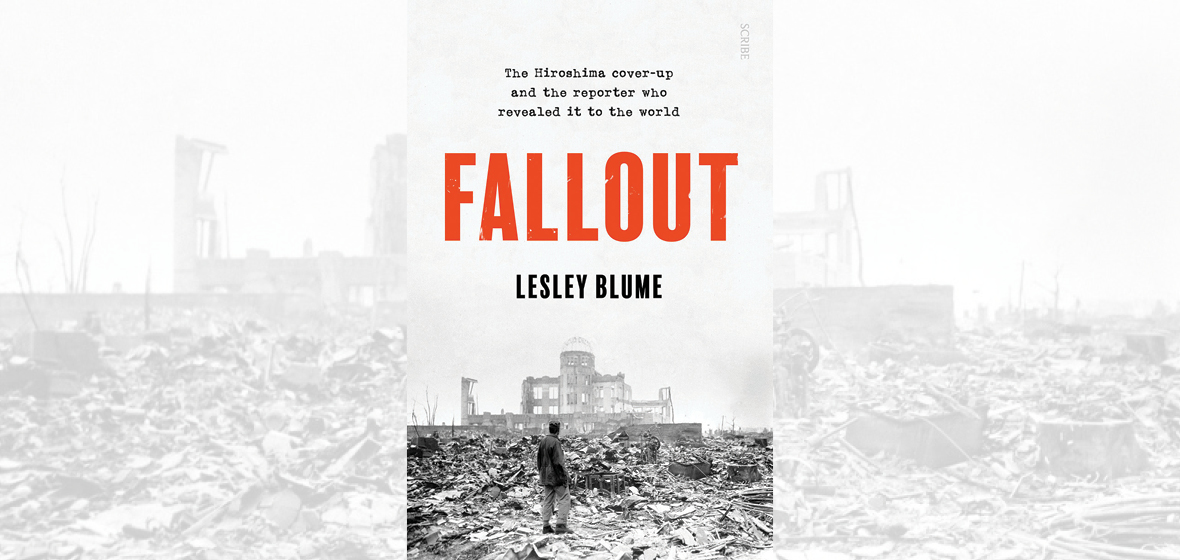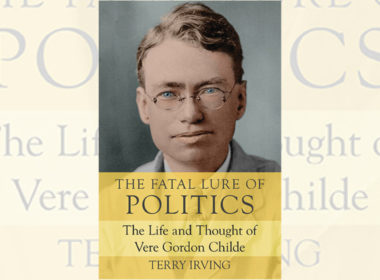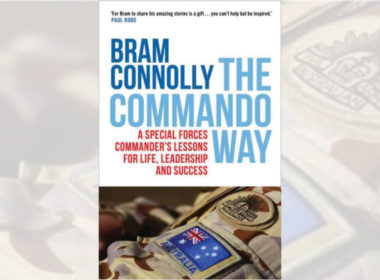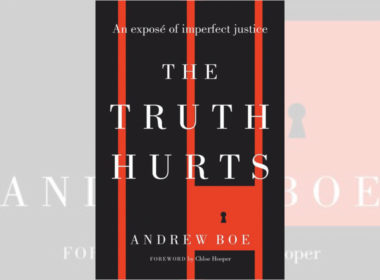Can a single magazine article change international thinking? Can a magazine allow one article to be an entire issue? On 31 August 1946, the New Yorker did just that and the development, politics, military thinking and public perceptions of nuclear weapons changed irrevocably. John Hersey’s Hiroshima, spanning 30,000 words from cover to cover, was broken up only by ads with none of the usual New Yorker cartoons.
Hersey told the facts of 6 August 1945 and the aftermath through the eyes of six surviving Hiroshima residents; what they saw in graphic detail, the death and destruction, and how a devastated city coped. Before Hiroshima, the US government and military restricted access and minimised acknowledging the effects on people. The sense promoted was that the use of Little Boy ended the war quicker, saved US casualties, and meant fewer Japanese citizens would be killed in an invasion of the Japanese islands. As for health effects or radiation sickness, their thinking was, as one US General put it, that it was a “very pleasant way to die”.
The impact around the world was swift, as more and more questioned whether such a weapon should ever be used again. Nagasaki three days later was the last time it ever was. However, while the manufacture and deployment of nuclear arms continued unabated in the following decades, no battleground or city was destroyed again.
Hersey’s New Yorker article was reprinted around the globe, serialised by radio and the subsequent book form sold millions in many languages. Blume’s Fallout follows the genesis of the article, the two weeks of interviews in Hiroshima, the decision to print it all in one issue and the commitment to break new ground in graphic reporting. Hersey’s Hiroshima still resonates today, and Blume’s Fallout gives the perfect backstory on an article, and an event, that reshaped the world.




